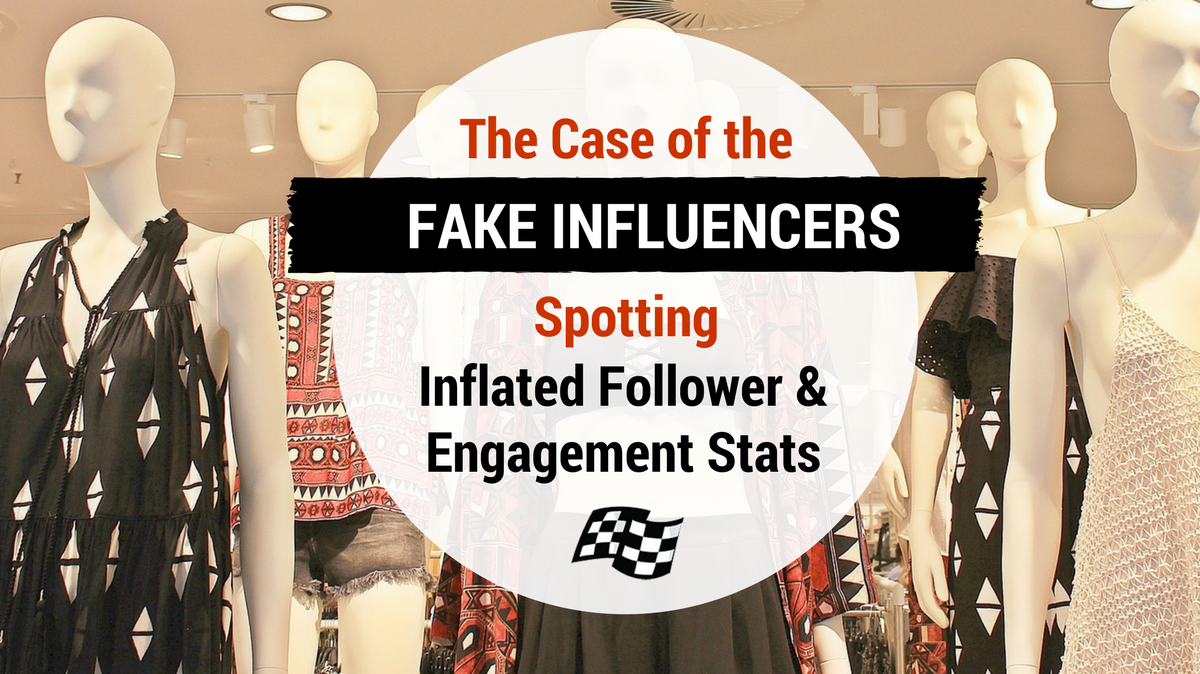
Influencer marketing is more than just an internet buzzword. For many brands, it’s a real strategy to reach their audiences in a meaningful way.
Still, there are obstacles to influencer marketing success. According to a recent Econsultancy study, identifying the right influencer for the job is the number one challenge for businesses.
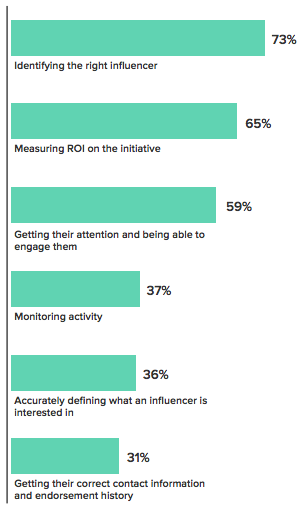
This is likely (in part) because not all influencers are as valuable as they seem.
Fake influencers are social media users or bloggers who trick brands into thinking they have a large, attentive audience, when they really don’t. And unfortunately, it’s very easy to do.
Mediakix recently did an experiment by creating their own fake Instagram influencer. They spent less than $300 buying fake followers, likes, and comments to make the fake influencer seem like a great person for brands to work with.
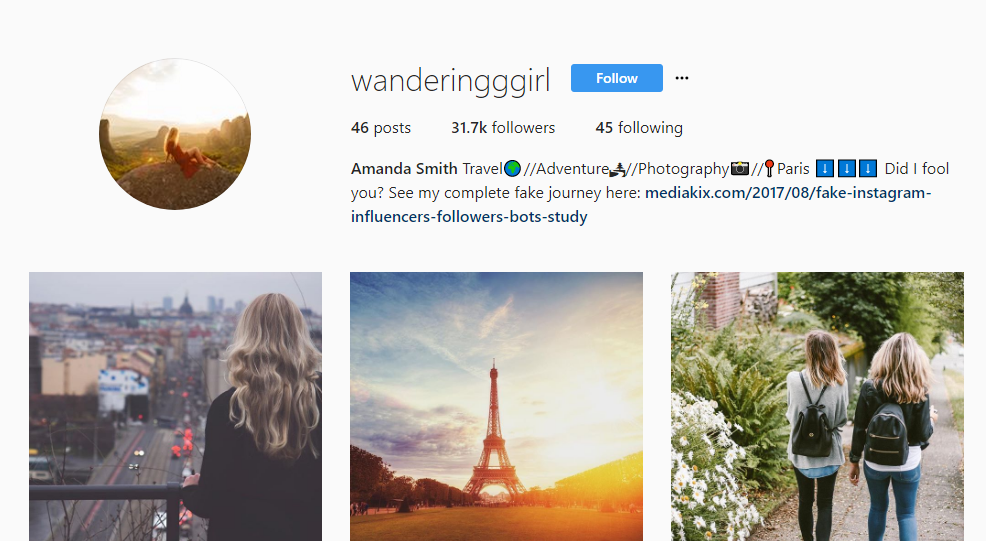
They put minimal effort into the experiment and were surprised when several unsuspecting businesses offered paid work to the fake influencer.
If it’s really that easy for someone to trick brands and start earning money as an influencer, it’s bound to be happening all the time. If you want to protect yourself from investing in a fake influencer, you’ll need to have a keen eye to spot inflated followers, engagement, and traffic stats. Here’s all you need to know:
How to Spot Inflated Followers
Potential influencers could be buying fake followers or using other strategies to grow their audience artificially. Here’s what to look for:
Bot Followers
Fake/bot accounts can plague any social account, not just influencers trying to grow their following artificially. It’s actually pretty easy to spot bot followers without using any tools. Just take a close look at their followers and keep an eye out for red flags like followers with no photos or posts. These are probably bots.
If you do decide to analyze an influencer’s profile using a third-party tool, tread carefully. There’s no way to know if their analytics offer a genuine picture of the person’s account. But they do offer some interesting data that you can’t mine by hand.
Followerwonk, for example, is a free, in-depth analysis tool. It shows you the location distribution of your influencer’s Twitter followers:
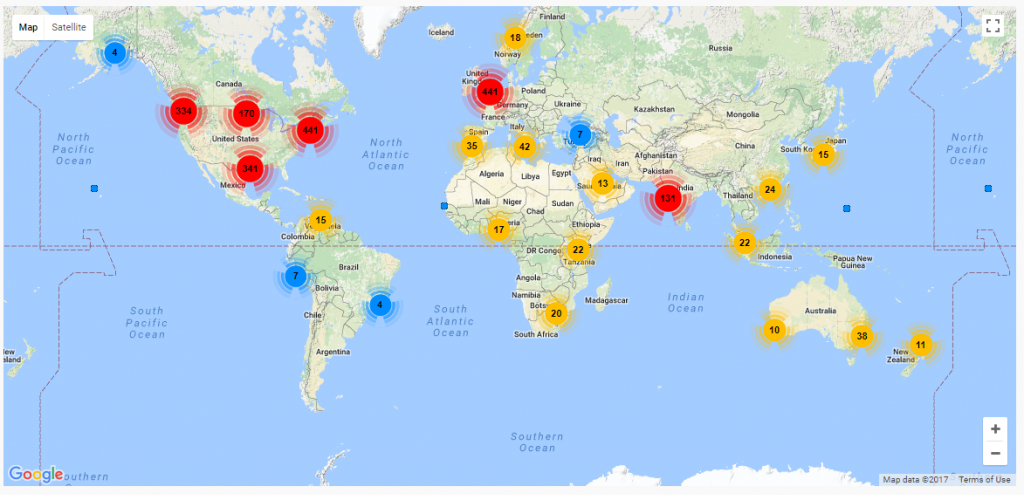
If you see they have a large concentration of followers in a strange place, it could be a sign of bots.
Followerwonk also shows you details of their followers’ engagement:
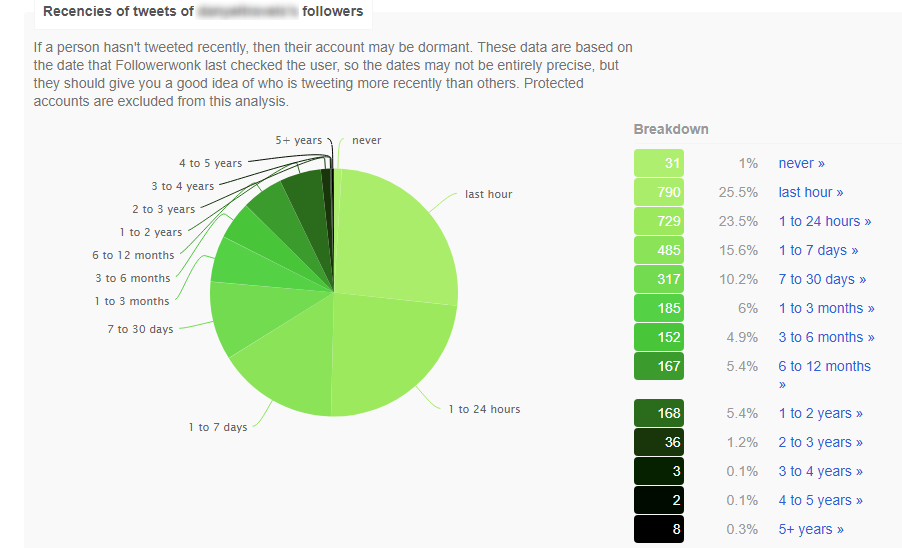
If a large portion of their followers has never tweeted, that’s another sign they could be bots.
Suspicious changes in follower growth
When influencers grow their following naturally, it should be gradual. If you see major spikes in follower growth, it could mean they’re buying followers or using unnatural tactics to attract them.
SocialBlade is a great tool that comes with a lot of helpful statistics to help you vet your social media influencers. You can use it to look at follower growth and engagement data for YouTube, Instagram, Twitter, and Twitch.
If you type the username of a YouTube influencer into the system, you can get an overview of their subscribers and video views over time. If these numbers are growing steadily, it’s a good indicator their data is genuine.
I just checked the data for popular YouTuber vegetta777. His data shows steady growth in monthly video views and subscribers over the years:
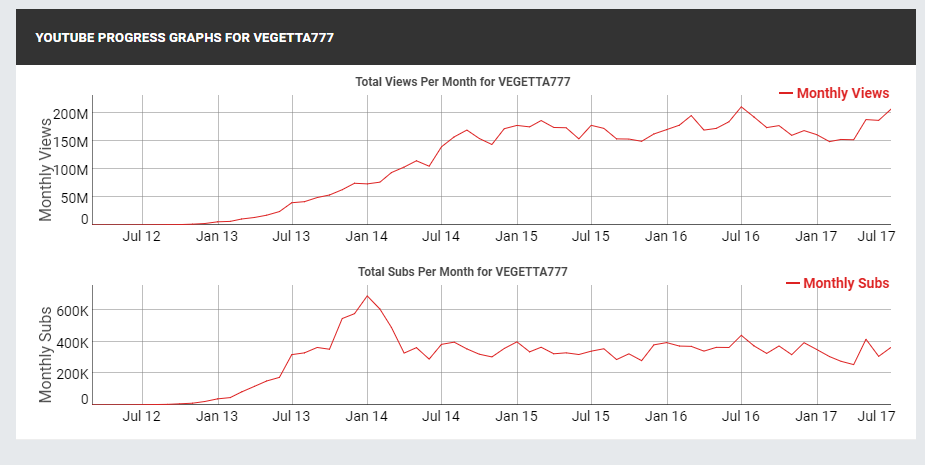
If you notice any unnatural drops or spikes in followers, it could mean they’re paid or bots.
If you use SocialBlade to check out an Instagram or Twitter profile, be sure to take a look at their daily follows/unfollows:
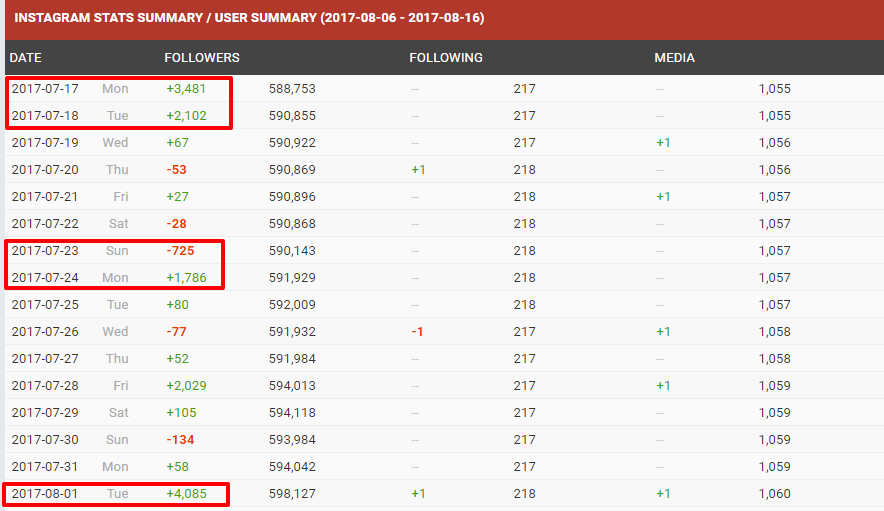
Following and unfollowing a couple hundred people per day could be a part of any natural growth strategy. But following several thousand people a day is not.
Very Low Engagement
A social media user’s engagement rate should be somewhat proportional to their number of followers. For example, a Twitter account with more than a million followers but only a few retweets per post looks pretty suspicious — they’re probably buying followers.
Go to an influencer’s social profile and total the engagement metrics on one of their posts, including likes, comments, retweets, hearts, etc. Then divide this number by their number of followers. This is their engagement rate.
Repeat the process on a few different posts on their profile. You’re spot checking, instead of doing a complete analysis.
Compare your numbers to the average engagement rate on the social platform:
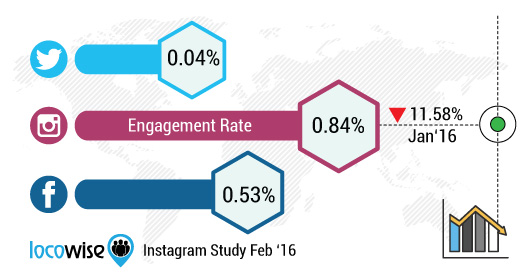
If their engagement rate is suspiciously low, they could have inflated followers, or just a very disengaged audience. You don’t want either of those things in an influencer.
Looking at an influencer’s engagement rate is also an easy way to see if they buy YouTube views. Here’s an example of a video that has more than 2 million views, but less than 3,000 upvotes:
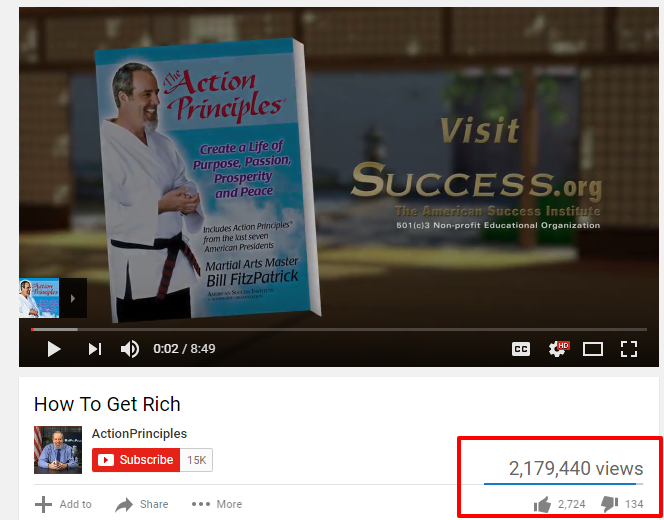
That’s suspicious. But what really drives the point home is the fact that he has only 326 comments (most of them pointing out that the views are fake).
If you click “More” below a video, you can see more data, like the number of social shares.
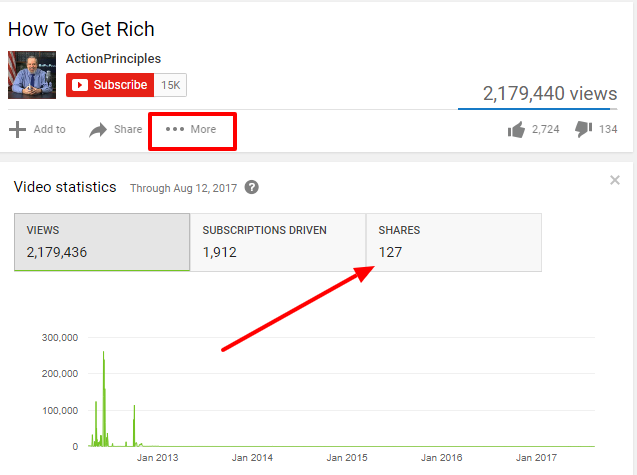
More than 2 million views and only 127 shares? That’s not normal.
How to identify inflated engagement
Engagement signals, such as likes and comments, are usually good indicators of a valuable influencer. If you use an influencer network (such as HYPR) to find them, you can see data about their engagement:
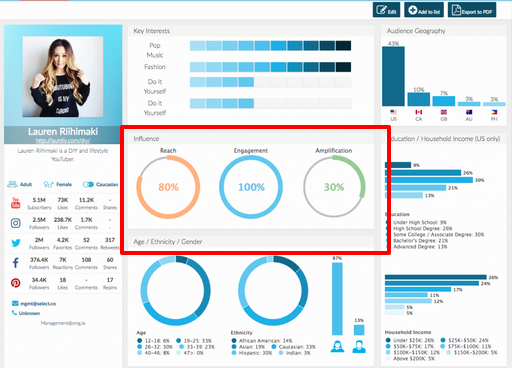
But unfortunately, people can purchase likes and engagement in addition to followers. Here’s how to spot evidence of inflated engagement:
Check out their comments
When you look at an influencer’s comments, see if they’re relevant to the post. Very generic comments (e.g. “Great post!”, “Cool!” “I like it!”) could be bots.
Here’s an example of an Instagram post where it’s easy to see most of the comments are genuine, because they refer to the photo in question:
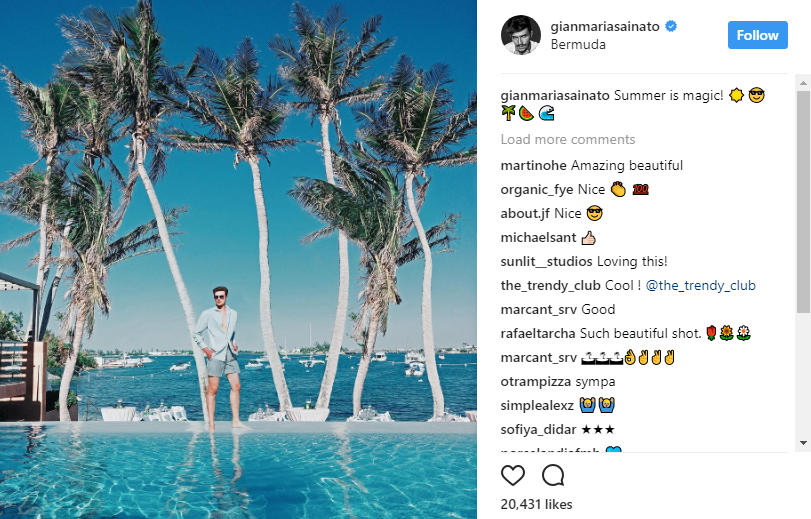
This Instagram user also has the blue “Verified” checkmark, another indication that they’re authentic.
Analyze their hashtags
If you want to drive any kind of engagement on social media, hashtags are a must. They help influencers reach a larger audience and make their posts a part of more social conversations. Using relevant hashtags to broaden reach is a great tactic, but spamming hashtags is another story.
Some social influencers will use dozens of trending hashtags with their posts to get more engagement, even if they have nothing to do with their content.
This is usually pretty easy to spot, except when influencers bury the hashtags in the comments.
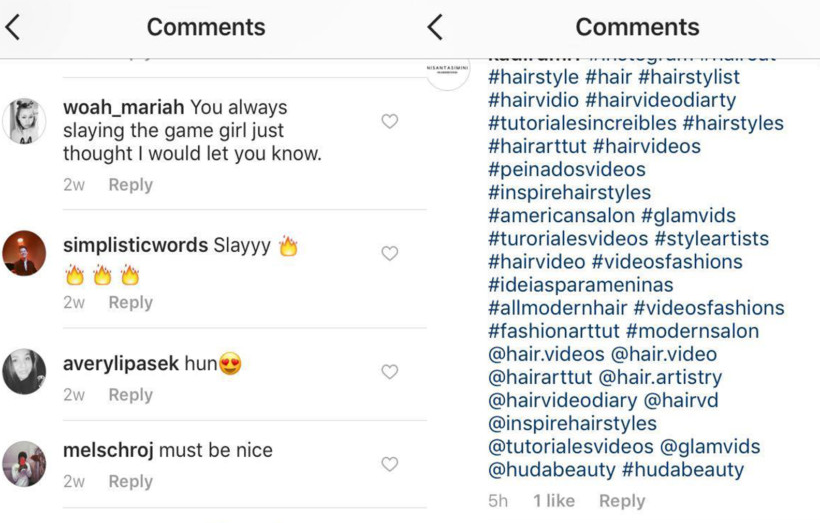
Instagram, for one, is making efforts to fight against this by not listing posts with spammy hashtags in search or the Instagram explore feature.
If you see influencers using hashtags like the ones highlighted in the photo below, you should also be careful:
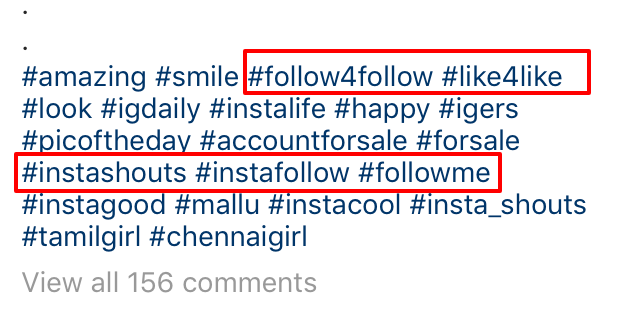
This account is using hashtags to get more likes and follows from other people who are also trying to grow their following and engagement. This engagement isn’t necessarily coming from your target audience.
How to analyze influencer traffic
Before you agree to work with a blogging influencer, you should always do due diligence and test their claims of high traffic and great on-site engagement. To start, you can look at their Alexa ranking, a metric based on the amount of traffic a site receives from people who have the Alexa toolbar installed.
Hubspot, for example, has an Alexa ranking of 568:
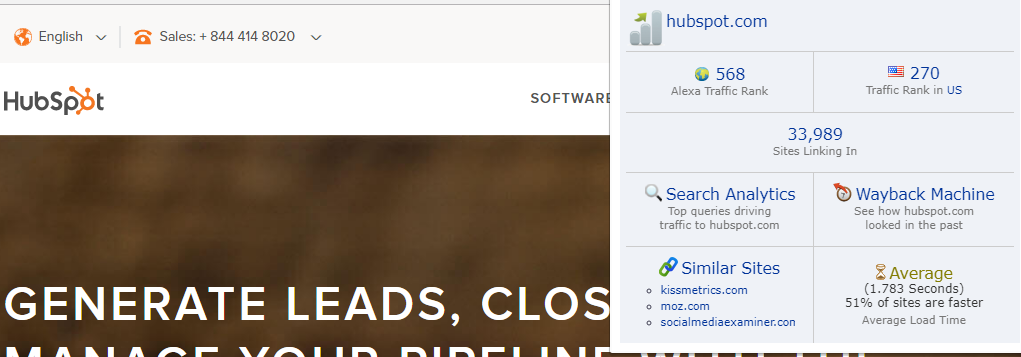
If an influencer’s Alexa ranking is comparable to or better than your site’s, that’s a good indication that their traffic is full of genuine visitors, not bots.
Another thing you can do is ask for read-only access to their Google Analytics. Most of the information you’ll need to analyze an influencer’s traffic is right on the Google Analytics Home page:

Here are some common signs of fake traffic/low-quality traffic to look out for:
- A high bounce rate. A high bounce rate means a lot of people (or bots) visiting the site navigate away without clicking on anything. This could mean they’re bots, or unengaged site visitors, which you don’t want either.
- A very short av. session duration. A very short av. session duration means that most site visitors spend very little time on the site before navigating away. It’s a sign your influencer’s audience isn’t spending much time reading their content.
- Very high or very low percentage of new sessions. If an influencer’s site traffic has a very high percentage of new sessions, that could mean they’re paying for new traffic sources. If their audience is genuine and engaged, they should have a healthy amount of returning visitors.
At the same time, if they have a very low percentage of new sessions, they’re attracting very few new site visitors. This another bad sign if you’re looking for an effective influencer.
Wrapping up
Thanks to the growth in online influencer databases and platforms, it’s easy to find bloggers and social media users with the right audience to help promote your business. These tools offer great information on an influencer’s audience and engagement, but you should never take it at face-value.
Take the time to properly vet each potential influencer before deciding to work with them. And always be on the lookout for new ways potential influencers might doctor their profiles, engagement, traffic, and the rest to appear more valuable than they really are.
